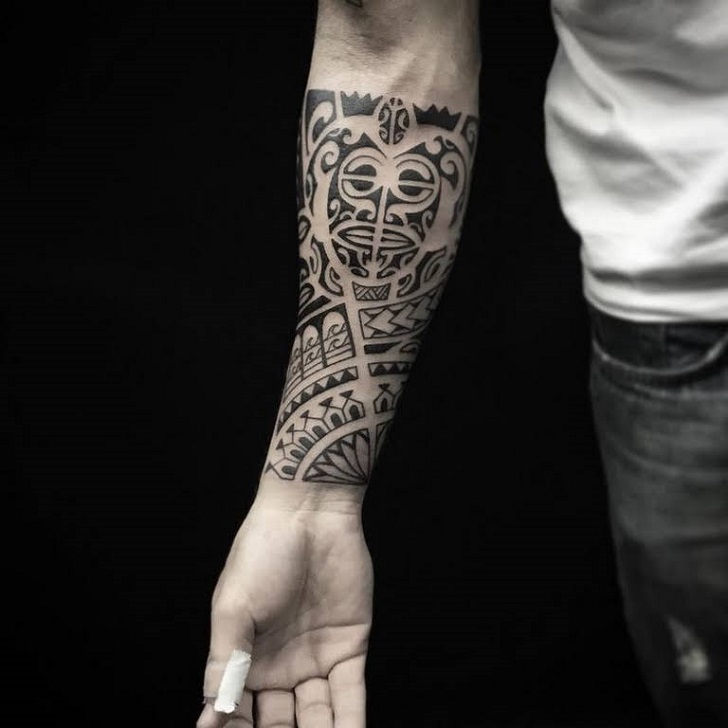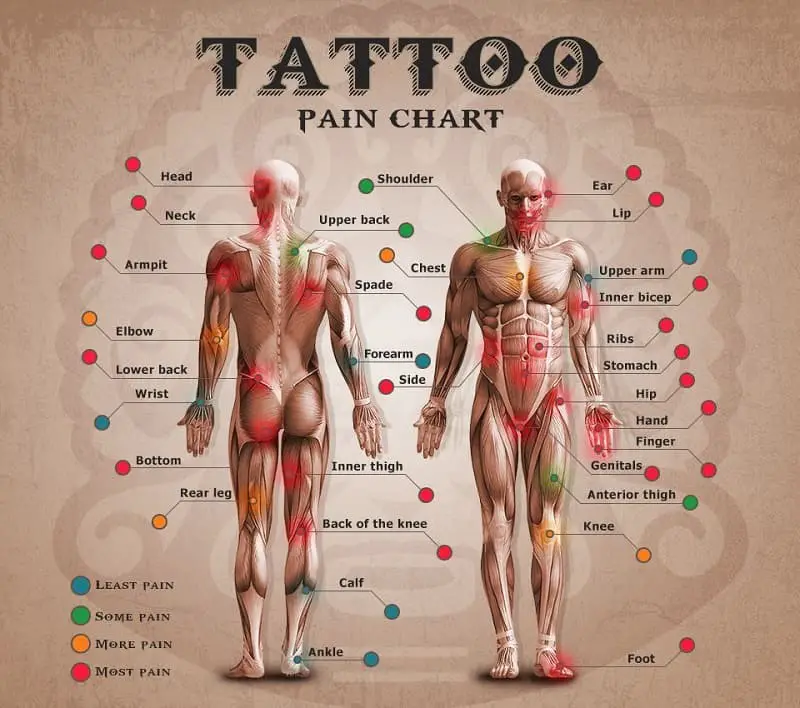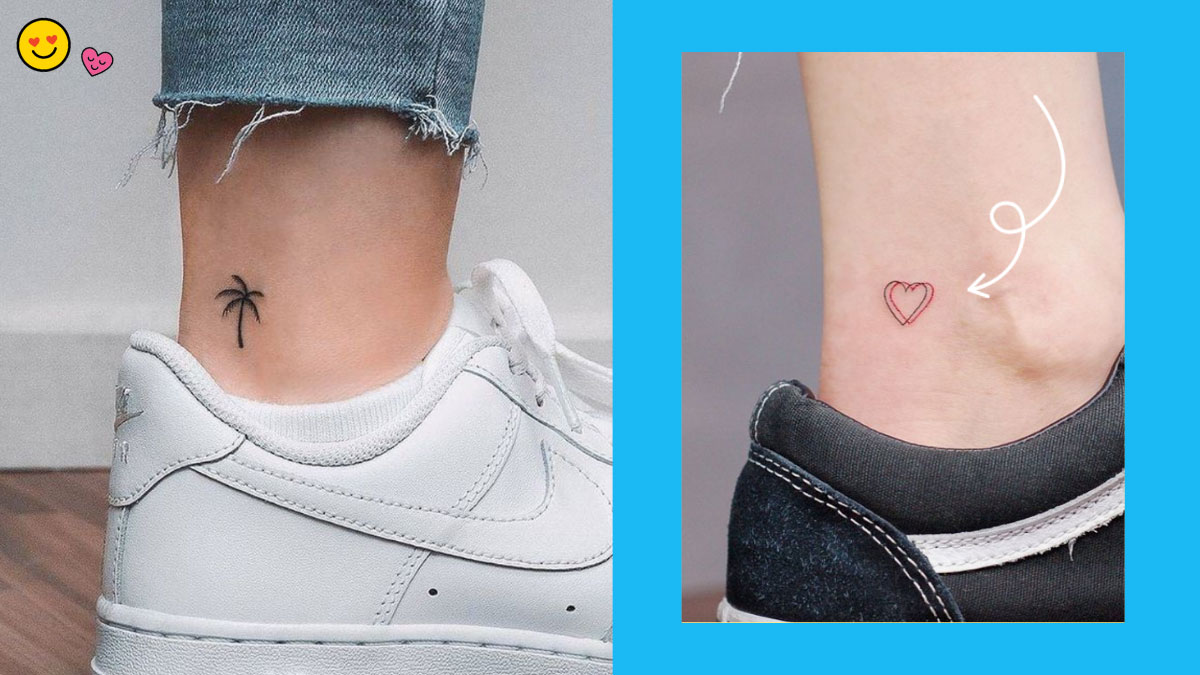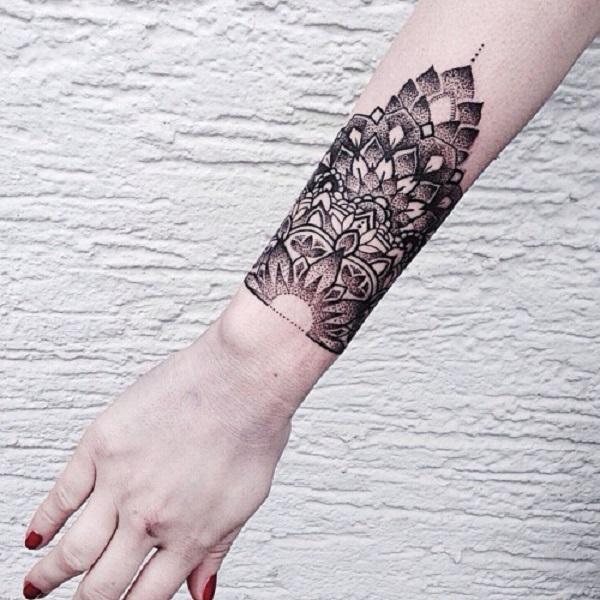
Okay, so you’re thinking about getting a sunflower tattoo.
Awesome choice!
But you’re probably wondering, "How does a sunflower tattoo actually wrap around the forearm?"
I get it.
It’s not just slapping a flat design on a curved surface.
There’s a lot more to it.
Let’s break it down like we’re just chilling, planning your next ink.
Why a Sunflower Forearm Tattoo?
Sunflowers are rad, right?
They symbolize happiness, positivity, and all that good stuff.
Plus, they look amazing as tattoos!
A forearm placement?
Super visible, but also easy to cover up if you need to.
It’s a great spot for a design you want to show off.
Planning Your Sunflower Tattoo Wrap: It’s All About the Curve
Okay, the forearm isn’t a flat canvas.
Duh.
That curve is EVERYTHING.
Here’s how artists tackle it:
- Consultation is Key: Seriously, talk to your artist. Show them examples of what you like. They’ll help you visualize how it’ll look on your arm. Every arm is different!
- Stencils are Your Friend: The stencil isn’t just a guideline, it’s a preview. The artist will apply the stencil and adjust it to fit the curve of your forearm perfectly. This is crucial to making sure the sunflower looks right from all angles.
- Consider the Flow: Think about how the sunflower will flow with the natural shape of your arm. Does it curve upwards, downwards, or stay relatively straight? The artist will consider this to make the most of the space.
- Placement Matters: Where you place the center of the sunflower matters. Too high, it might look squished. Too low, it might look unbalanced.
- Real-Life Example: I had a friend who got a floral piece wrapped around her bicep. The artist initially placed the main flower too far back. When she flexed, it disappeared! They had to adjust the placement to ensure it was visible from all angles.
Design Elements That Enhance the Wrap
It’s not just about the sunflower itself.
Think about what goes around it.
- Leaves and Vines: These are perfect for creating a natural, flowing wrap. They can extend around the forearm, filling in gaps and adding visual interest.
- Geometric Patterns: If you’re into something more modern, geometric shapes can complement the sunflower and create a unique wrap.
- Quotes or Lyrics: A meaningful quote can be incorporated into the design, wrapping around the sunflower or flowing along the forearm.
- Color vs. Black and Grey: Color can make the sunflower pop, but black and grey can create a more subtle and elegant look. Consider what best suits your style and skin tone.
- Size and Detail: A larger sunflower allows for more intricate details, while a smaller one might be better suited for a simpler design.
Choosing the Right Artist for Your Sunflower Tattoo
This is HUGE.
Don’t just walk into the first shop you see.
- Portfolio is King: Look at the artist’s portfolio. Do they have experience with wrap-around tattoos? Have they done floral designs before?
- Reviews and Recommendations: Check online reviews and ask for recommendations from friends.
- Communication is Key: Do you feel comfortable talking to the artist? Do they listen to your ideas and offer helpful suggestions?
- Cleanliness is Non-Negotiable: Make sure the shop is clean and the artist uses sterile equipment. Your health is the priority!
Aftercare: Protecting Your Investment
You’ve got your awesome sunflower tattoo.
Now what?
- Follow Your Artist’s Instructions: They know best.
- Keep it Clean: Gently wash the tattoo with mild soap and water.
- Moisturize Regularly: Use a fragrance-free lotion to keep the skin hydrated.
- Avoid Sun Exposure: Sunlight can fade the tattoo. Cover it up or use sunscreen.
- Don’t Pick or Scratch: Let the tattoo heal naturally.
- Be Patient: Healing takes time. Don’t rush it.
Common Sunflower Tattoo Concerns
- Will it look distorted when I move my arm? A good artist will account for movement and placement.
- How long will it take? Depends on the size and complexity of the design.
- How much will it cost? Prices vary depending on the artist and the tattoo. Get a quote beforehand.
FAQs About Sunflower Tattoos
- What does a sunflower tattoo symbolize? Happiness, positivity, loyalty, and longevity.
- Is a sunflower tattoo a good idea? If you love sunflowers and the symbolism resonates with you, then absolutely!
- Can I get a sunflower tattoo if I have sensitive skin? Talk to your artist about hypoallergenic inks.
- How do I find a good tattoo artist? Research, check portfolios, and ask for recommendations.
- What size should my sunflower tattoo be? Depends on your preference and the placement. Consult with your artist.
So there you have it.
Getting a sunflower tattoo that wraps around your forearm is totally achievable with the right planning and artist.
Remember to communicate your vision clearly and trust the process.
Ultimately, the key is to find an experienced artist who can bring your vision to life and create a stunning sunflower tattoo you’ll love for years to come.


















:max_bytes(150000):strip_icc()/wristtats-18b2f690ded0464792835093f5050708.jpg?w=1200&resize=1200,0&ssl=1)
:max_bytes(150000):strip_icc()/wristtats-18b2f690ded0464792835093f5050708.jpg)



